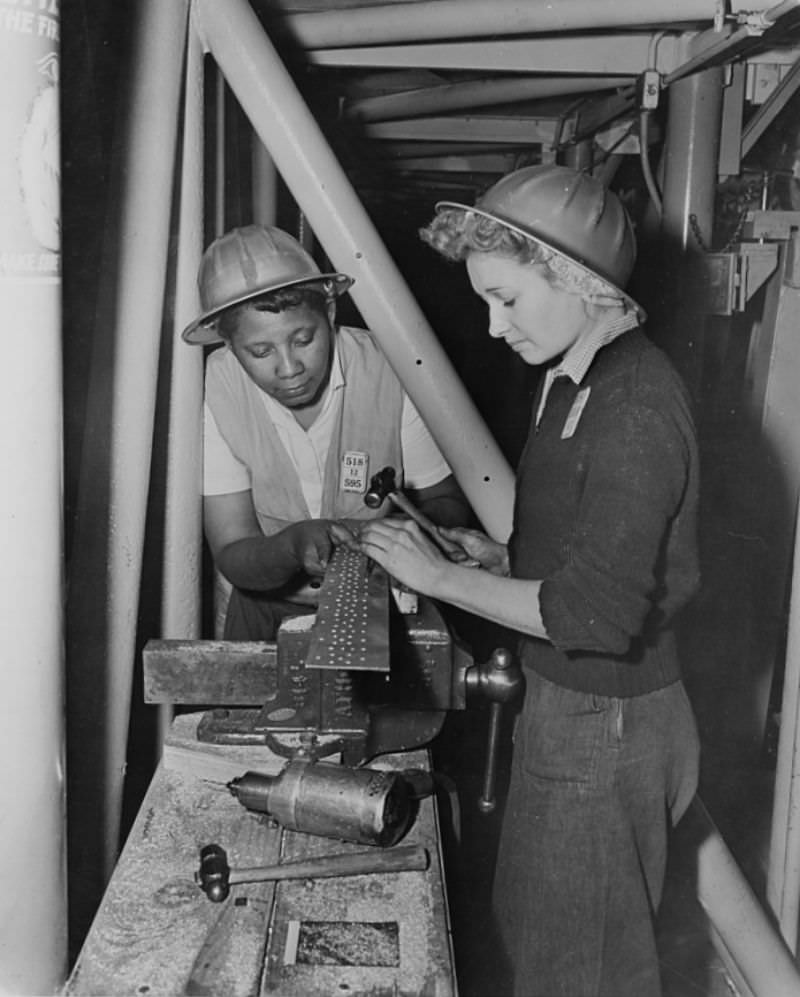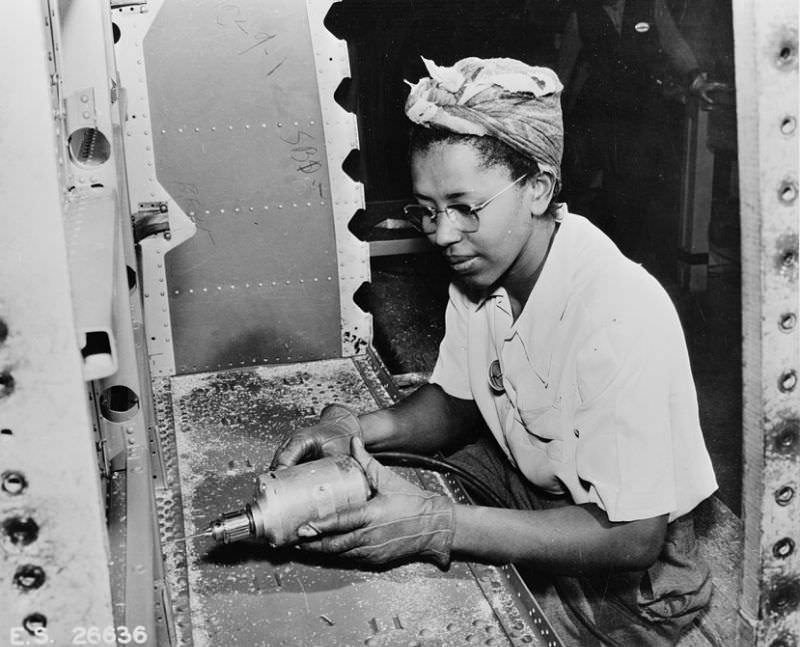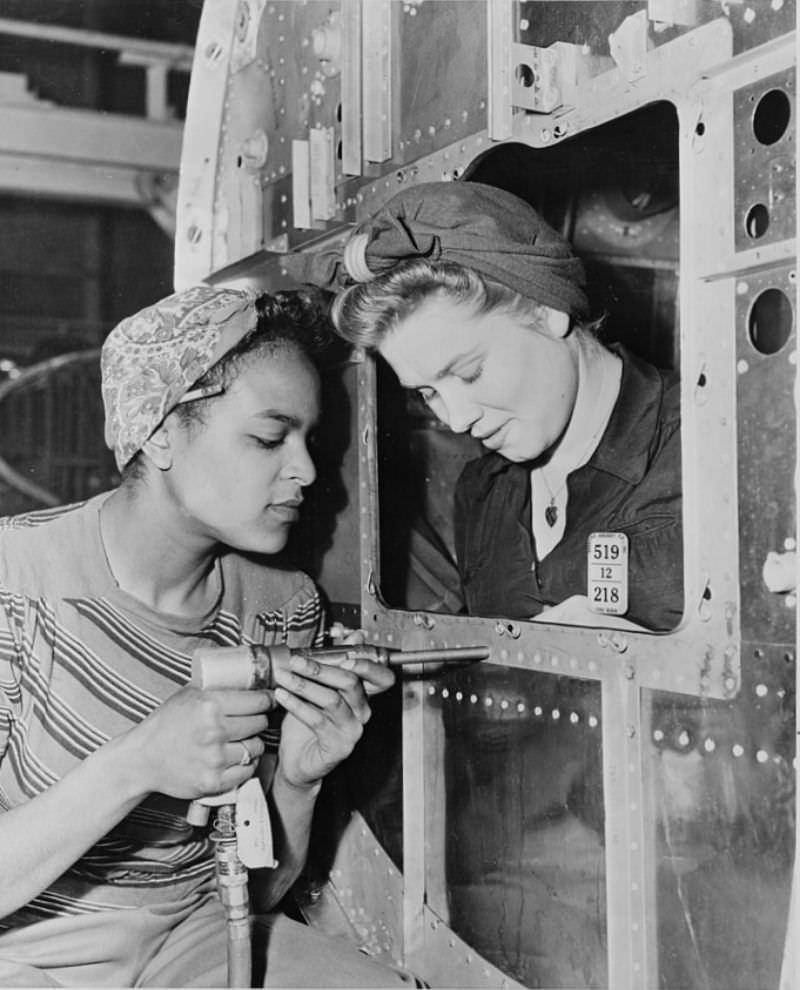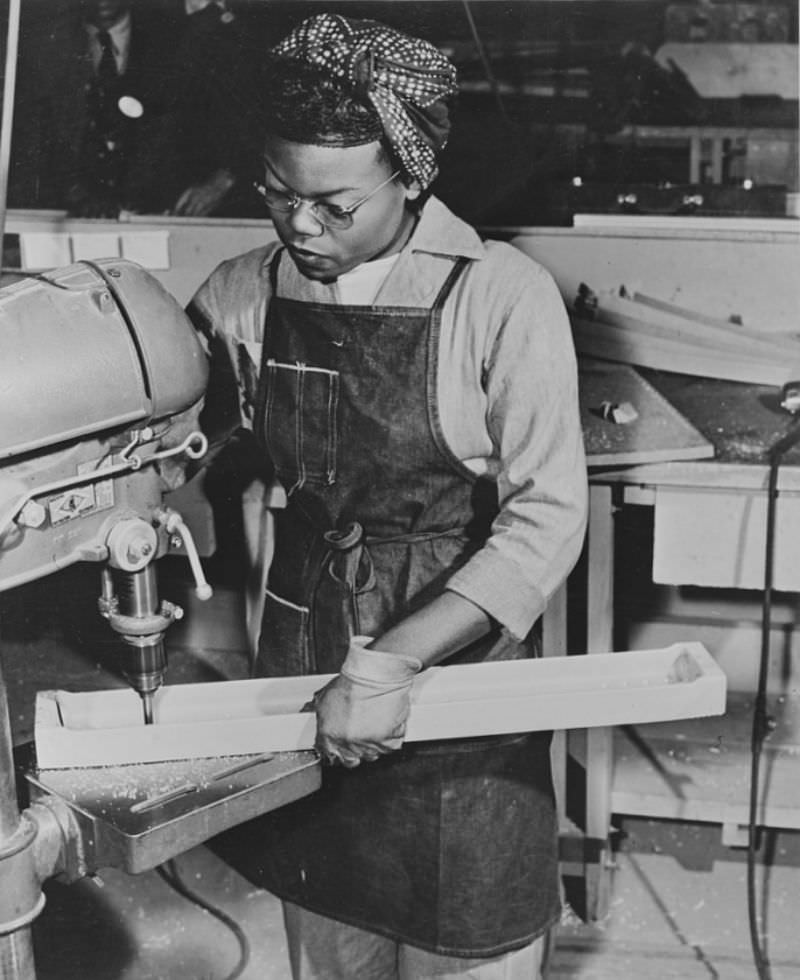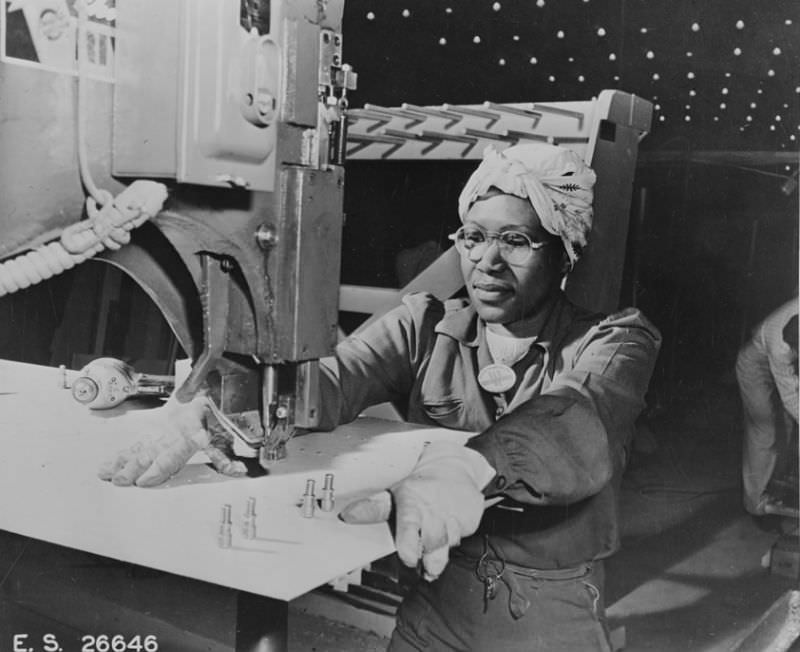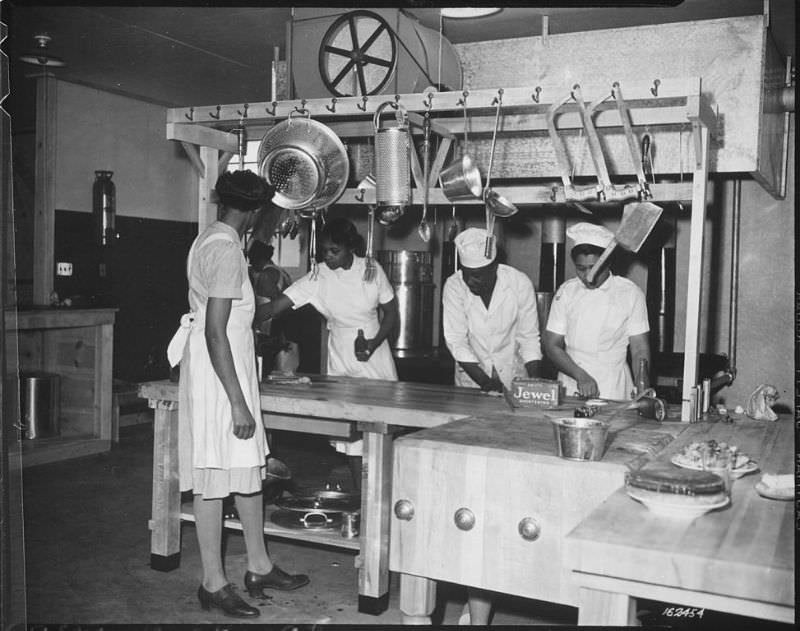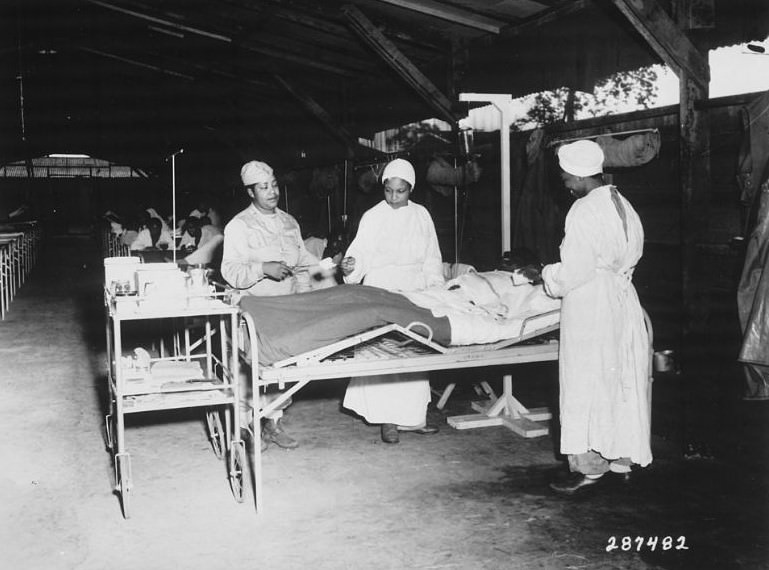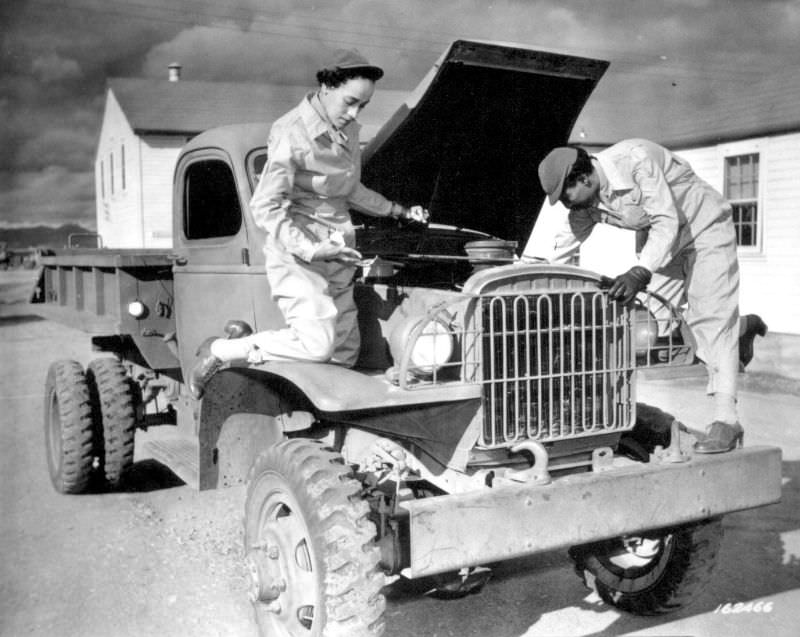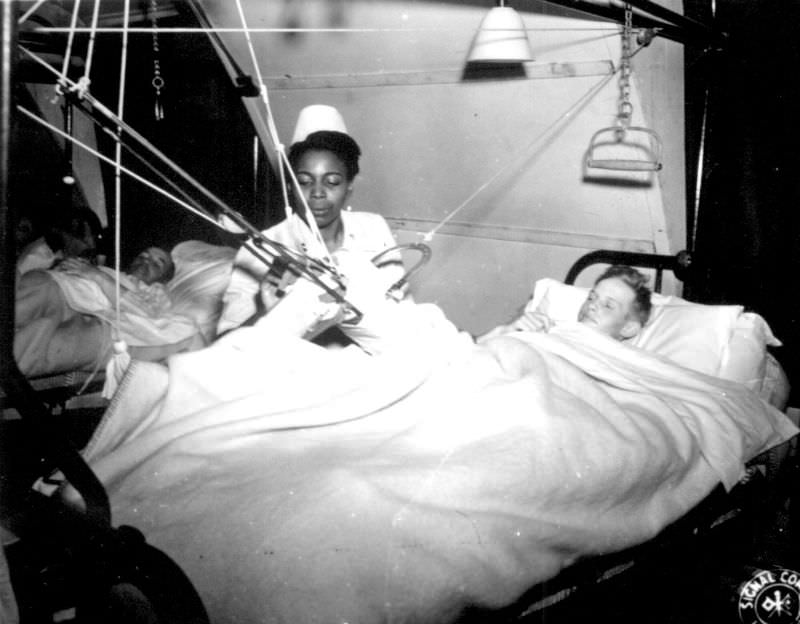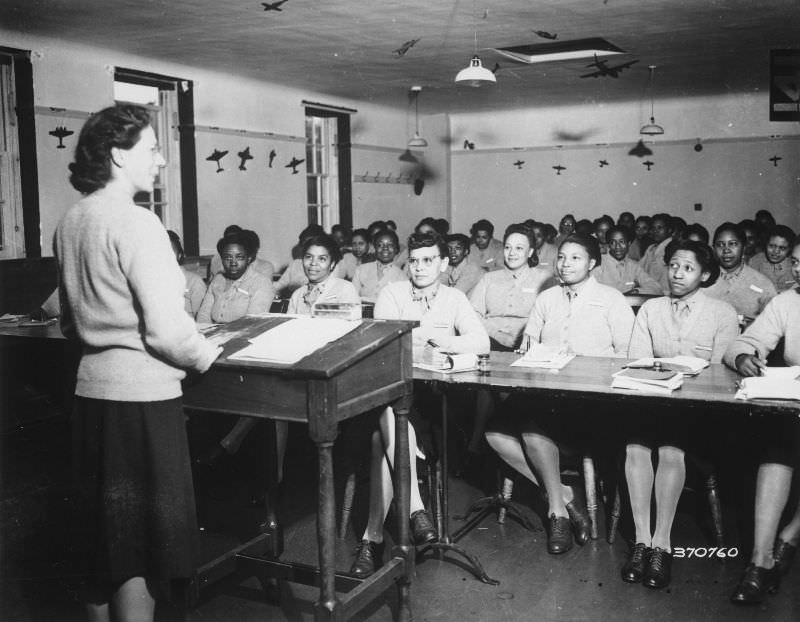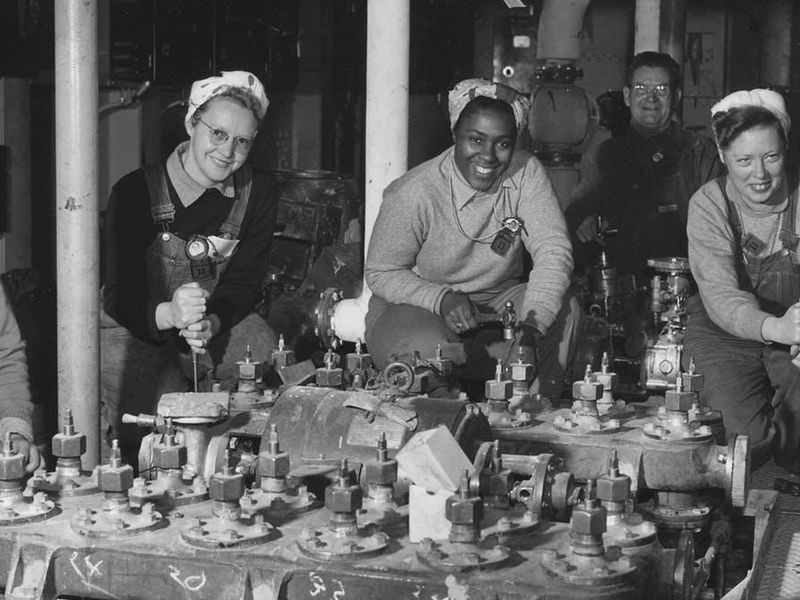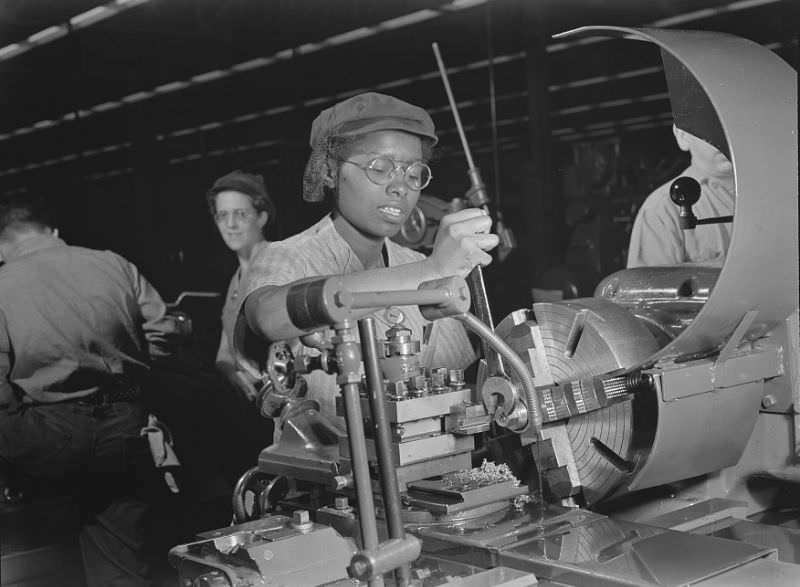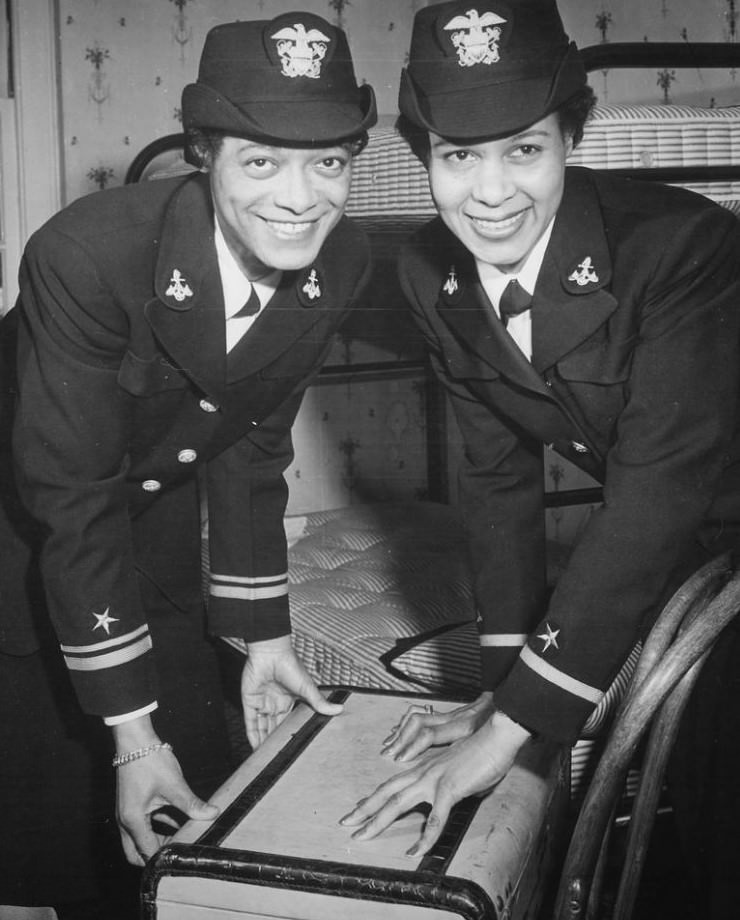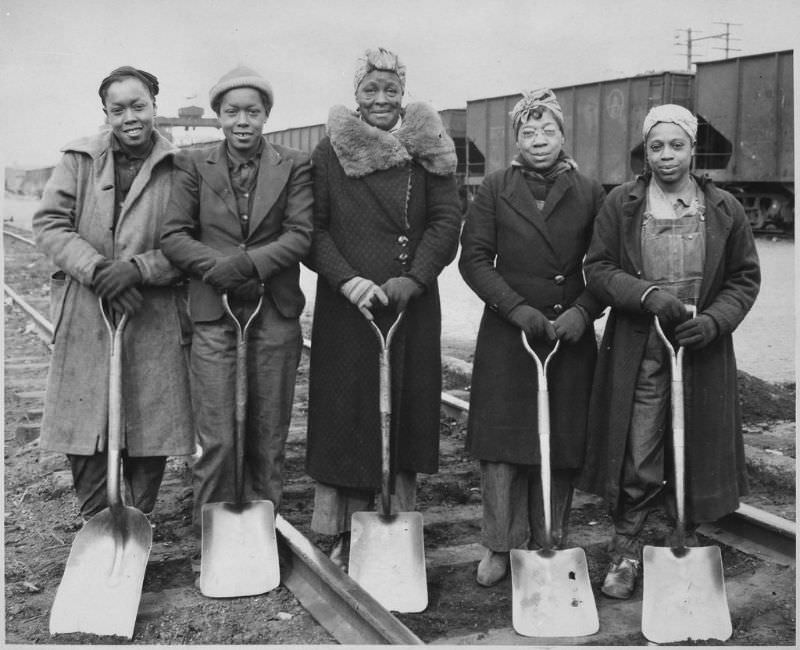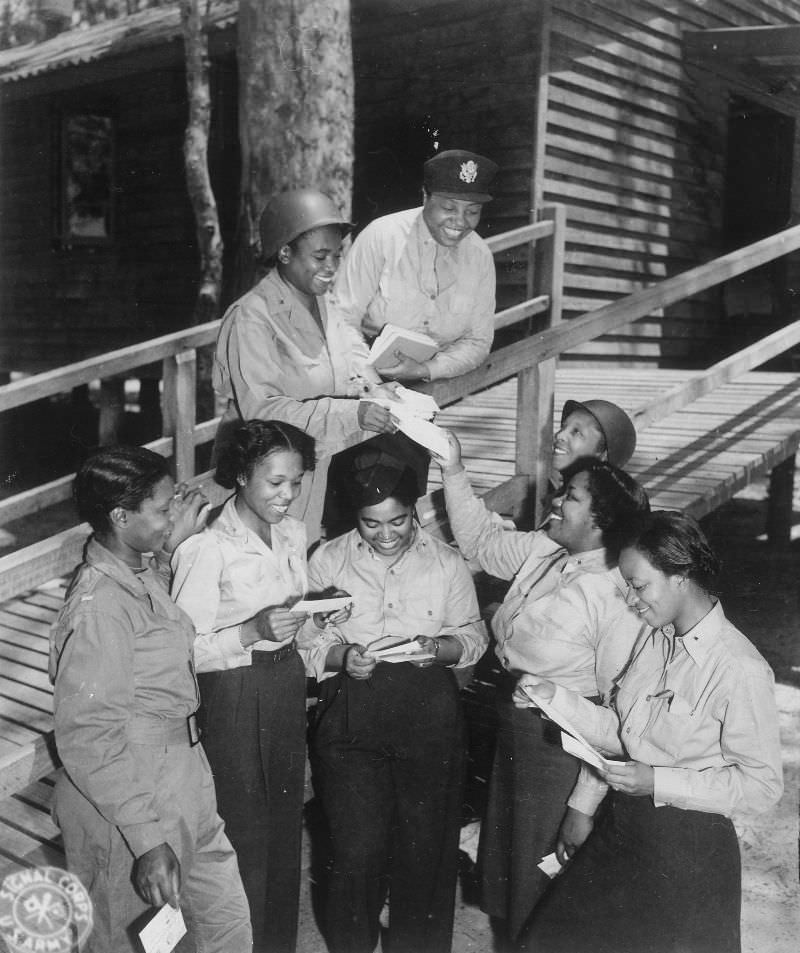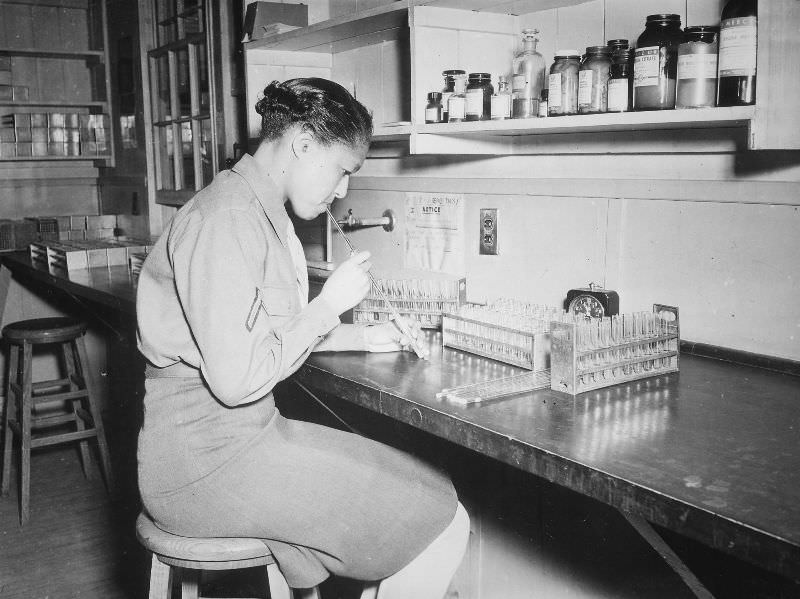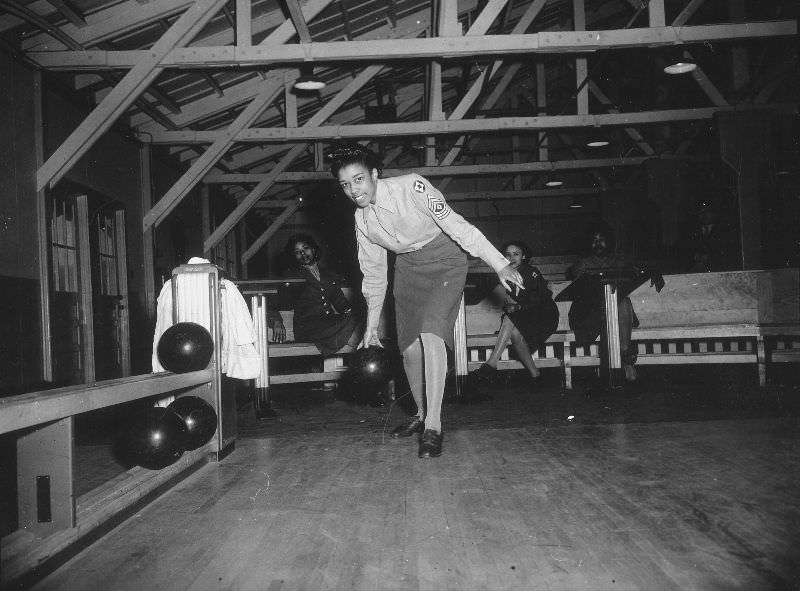During World War II, millions of American women stepped into new roles to support the nation’s massive war effort. For African American women, this era brought both unique opportunities and significant challenges. Determined to contribute to the fight against fascism abroad, they simultaneously battled discrimination based on both their race and their gender at home. Despite facing these obstacles, African American women made vital contributions in factories, military support services, and communities across the United States.
Seeking Opportunity
The demands of war production and the departure of millions of men for military service created unprecedented labor shortages. This situation opened some employment doors previously closed to African American women. Seeking economic advancement and driven by patriotism, many Black women participated in the Great Migration, moving from the rural South to industrial cities in the North and West in search of jobs in defense plants and other wartime industries.
Read more
Discrimination in the Workplace
Finding work did not mean an end to hardship. In factories and shipyards, African American women frequently encountered racial prejudice. Even when possessing the necessary skills, they were often relegated to the most physically demanding, dirtiest, or lowest-paying jobs. They faced segregation within workplaces and sometimes hostility from white coworkers. Advancement opportunities were often limited simply because of their race. This persistent unfairness motivated African American workers and civil rights organizations to actively campaign for equal treatment in the defense sector.
Fighting for Fair Employment: Executive Order 8802
Activists highlighted the injustice of fighting for democracy overseas while facing racial discrimination in war industries at home. As early as 1940, prominent voices called for the integration of defense plants. This advocacy, combined with the threat of mass protests, pressured President Franklin D. Roosevelt to act. In June 1941, he issued Executive Order 8802. This landmark order prohibited discriminatory hiring practices based on race, color, creed, or national origin by companies holding federal defense contracts. It also established the Committee on Fair Employment Practices (FEPC) to investigate complaints of discrimination. Although challenges in enforcement remained, the order was a crucial step forward during the war, supported by Black leaders and allies like First Lady Eleanor Roosevelt, who actively championed rights for African Americans and opposed discriminatory military policies.
Work in Defense Industries
Executive Order 8802 helped open more skilled positions to African American women, though inequalities persisted. Black women took on vital roles in war production. They worked in shipyards, learning trades like welding and riveting. They helped build bombers and fighter planes in aircraft factories. They labored in munitions plants, manufacturing bullets and shells essential for the troops. They operated complex machinery, inspected parts, and performed countless assembly tasks needed to fuel the war machine.
Serving in Segregated Military Units
African American women also demonstrated a strong desire to serve in the U.S. military. After initial resistance and facing discriminatory policies, they were eventually admitted into women’s auxiliary services, but these units remained segregated throughout the war. In the Women’s Army Corps (WAC), Black women served in all-Black units. They were typically housed, dined, and trained separately from white WACs. They performed essential duties as clerks, typists, drivers, mechanics, postal workers, and more. A significant example is the 6888th Central Postal Directory Battalion, an all-Black, all-female WAC unit deployed to Europe. Working under challenging conditions in England and France, they successfully sorted and redirected a massive backlog of mail destined for American soldiers. The Army Nurse Corps (ANC) also included Black nurses, though their numbers were initially restricted by quotas, and they often served in segregated hospital wards or prisoner-of-war hospitals. Figures like Mabel K. Staupers fought tirelessly for greater inclusion and recognition of Black nurses. The Navy’s WAVES program began accepting Black women later in the war, largely due to external pressure, but often assigned them to specific, sometimes less prominent, roles. The Coast Guard’s SPARS also admitted a small number of African American women towards the war’s end. The U.S. Marine Corps Women’s Reserve did not accept Black women during World War II.
Government and Community Roles
Beyond industrial work and military service, African American women found employment opportunities in other sectors. Many secured clerical and administrative positions within the expanding federal government agencies, particularly in Washington D.C., although often within segregated office settings. Furthermore, in the cities where large numbers of African Americans migrated for defense jobs, such as those on the West Coast, women were active in building and strengthening their communities during the war years. Historical accounts mention women establishing businesses, like blues clubs, and playing key roles in forming social networks, political organizations, and support systems to address the community’s economic and social needs during a time of great change and upheaval.




